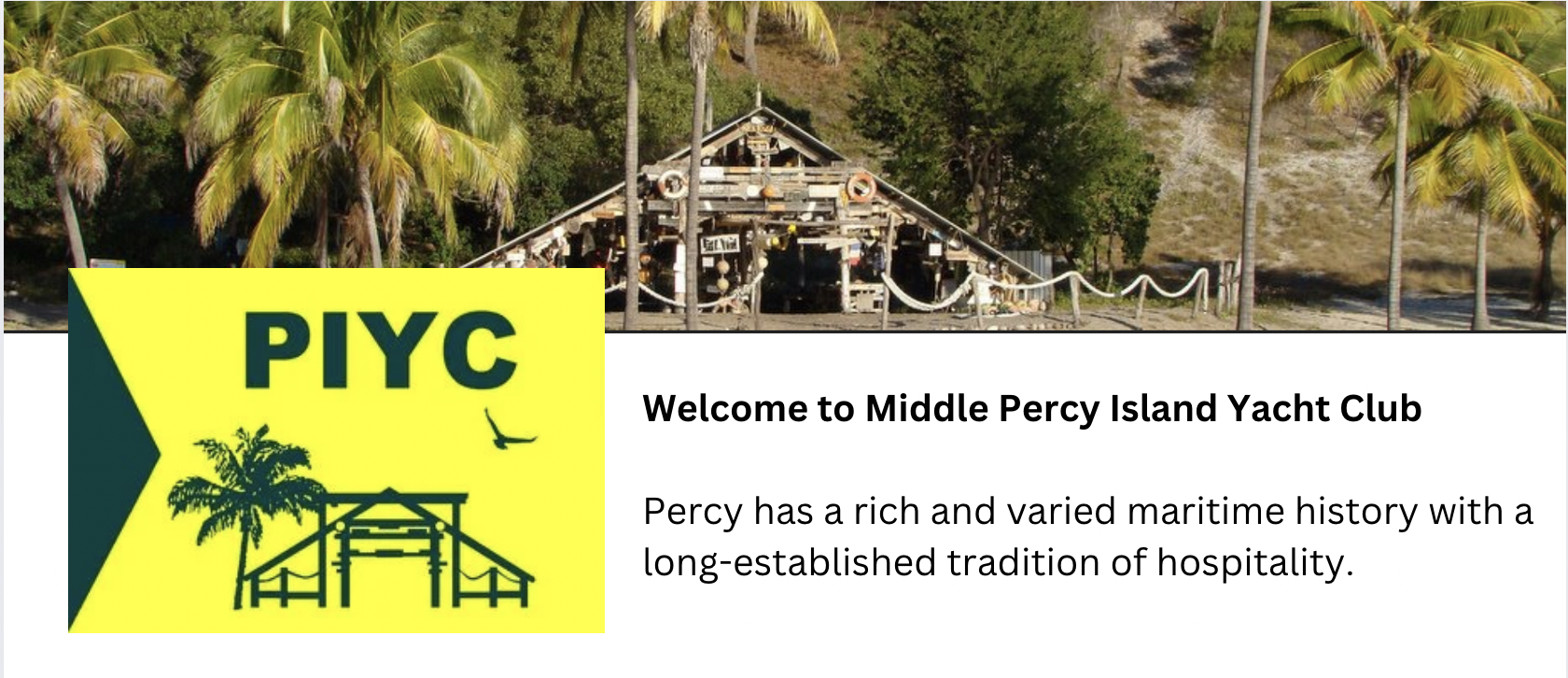PICG Inc. is a Not-For-Profit Association created in order to ensure the continuity of Island management, maintenance of infrastructure, conservation of cultural heritage and traditional self-sufficiency aims. The Queensland Parks and Wildlife Services have made the PICG Inc. the Grantee for the Island, and coordinate with us to achieve the above aims now and for the security for future generations
The Island residents are Committee Members along with dedicated friends of Percy Island to get the Association up and running. Now we need you, the Community of Mariners, locals and other visitors to the Island, to be an essential part of the Association to help the handful of residents to achieve these aims. The numbers registered will also show the support of the Community to enable the Group to apply for essential Grants that we are eligible for. The Island needs funds to maintain all of the infrastructure already in put place, thanks to generous financial commitment by previous Island residents. Our income is mainly from sales of honey, PIYC (45 members required annually for the public liability), donations and hopefully the odd small cruise ships in summer (irregular occurance).
Please will you register with PICG Inc. by sending your details to percyisland@gmail.com with references to your skills (physically or by distant advice), the times and seasons that you are hoping to help on the Island. Volunteering to help the residents, with hours, days, weeks, months will make a massive difference to improving the Island management potential. Financially self-sufficient couples are invited to complete the small group of Island residents and enable Islanders to visit friends and family or go cruising themselves. Full time are ideal, but part time residents could share with others to make the team work smoothy.
The Association Model Rules are available upon request, accounts, Committee Members list and further information available upon request. Thank you in advance for your support of this unique island from Cate Radclyffe (cousin to Andy Martin, Leaseholder 1964-2001), Leaseholder 2008-2011, Grantee for 2011-2024, Director and Treasurer of PICG Inc.

